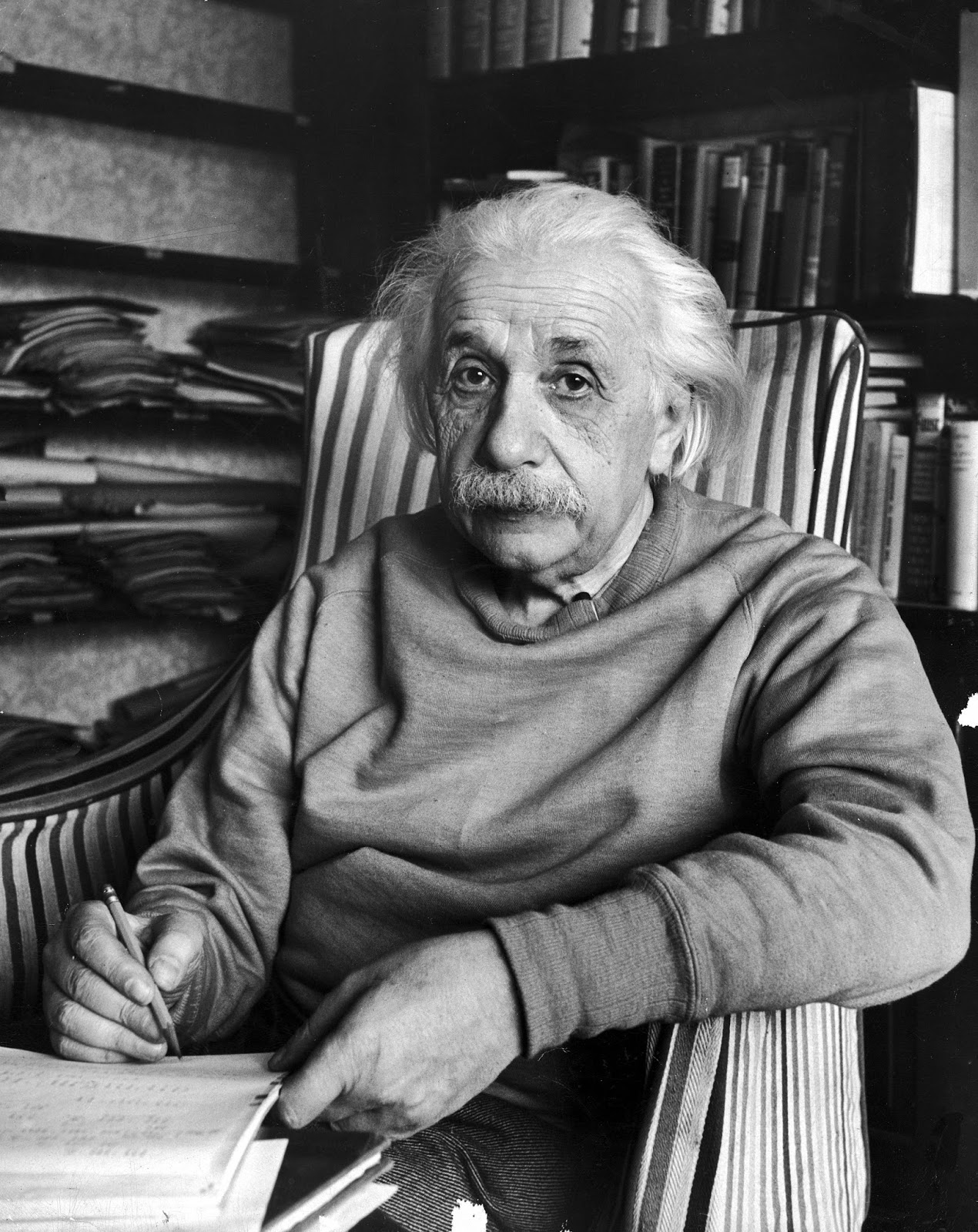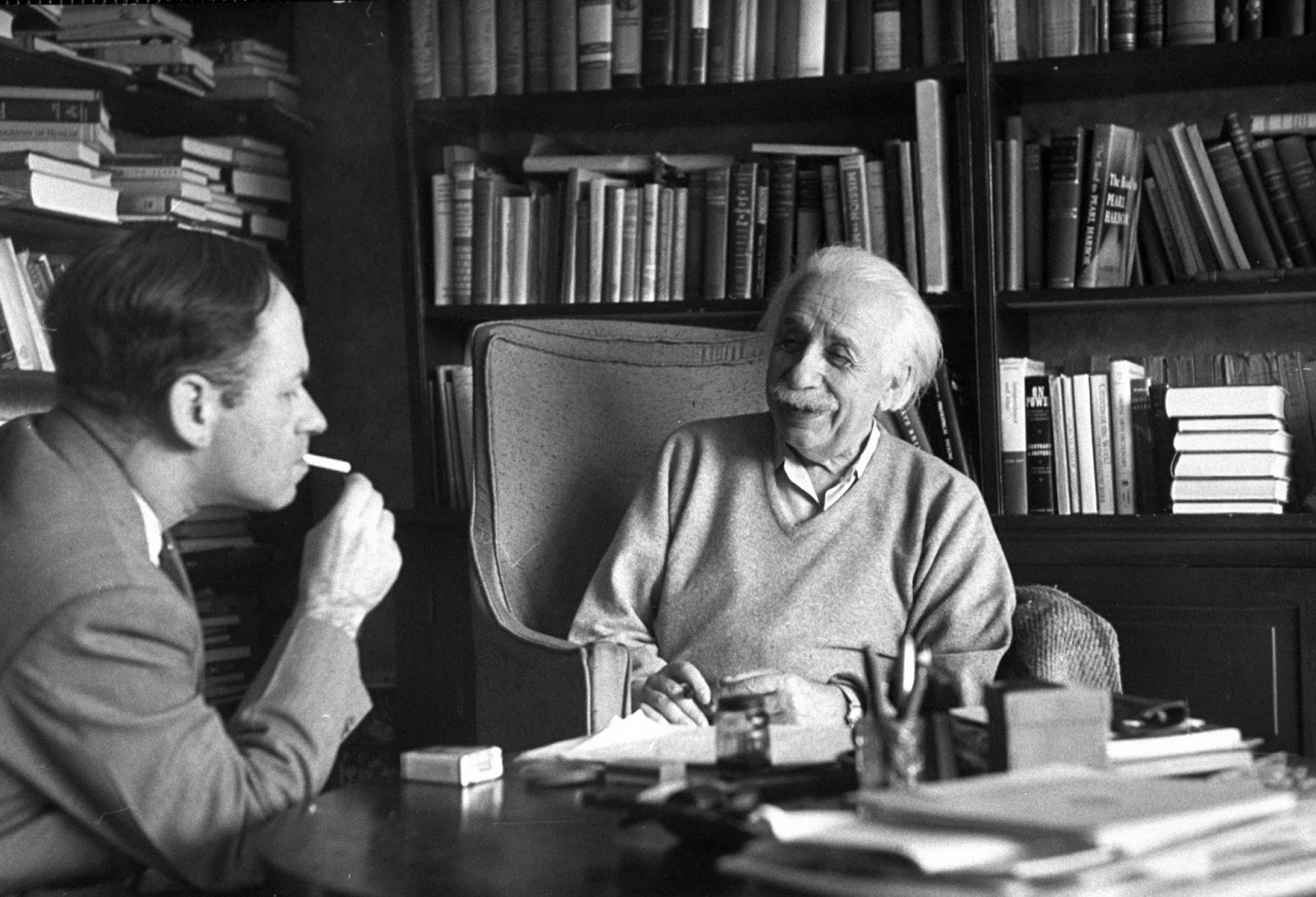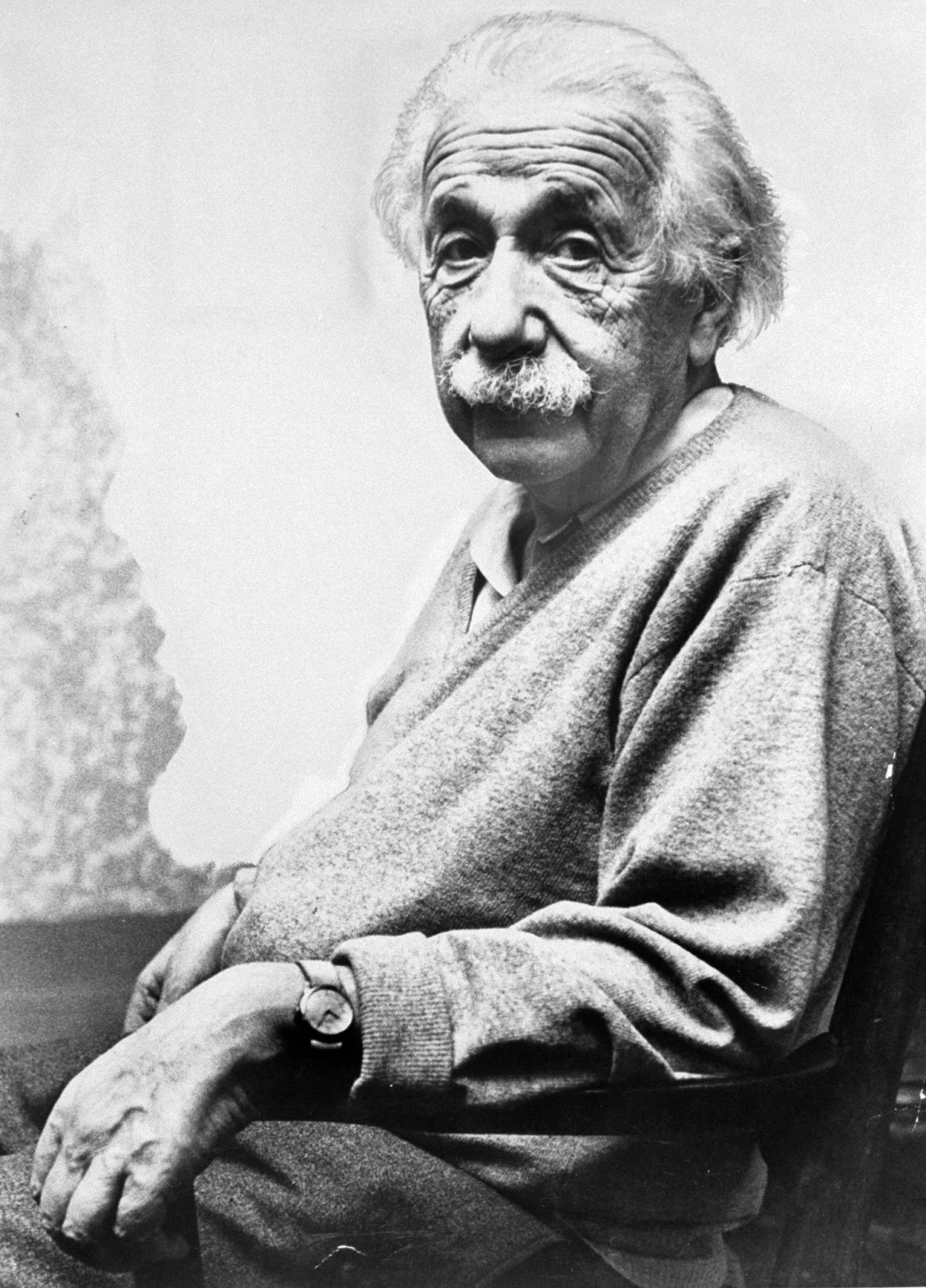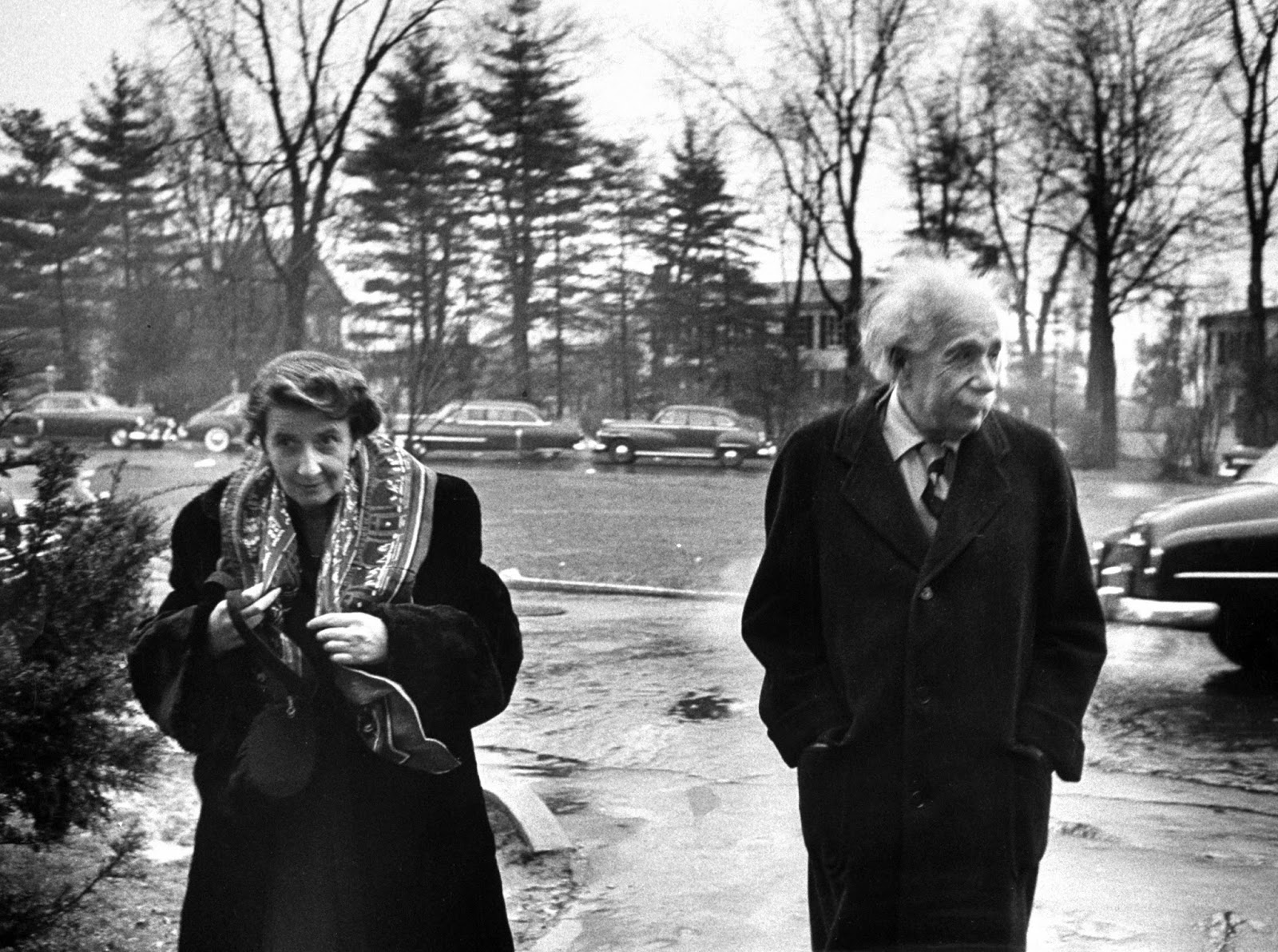
Albert Einstein was born in Ulm, Germany, on the 14th of March 1879, to his parents, Harmann Einstein and Pauline Koch. His father was an engineer and salesman. His family moved to Munich; there in Munich, Elektrotechnische Fabrik J. Einstein & Cie, an electrical manufacturing company, was started by his father and uncle Jakob.
At age five, Einstein attended a catholic elementary school in Munich, where he studied for three years before transferring to the Luitpold-Gymnasium. He got his advanced primary and secondary school education until he eventually left Germany.
Due to insufficient capital to change their machinery from the direct current (DC) to the better functioning Alternating Current (AC) standard, they had no choice but to sell off their factory in Munich and move to Italy.

Due to his constant arguments and confrontation with the school authorities, he could not follow up on being an electrical engineer as earlier intended by his father. He wrote that he had lost the spirit of learning and creative thinking due to the strict method of teaching the school was patterned on, and by December 1894, he left to join his family in Italy.
While in Italy, he wrote a short essay titled “On the Investigation of the State of the Ether in a Magnetic Field.” At 17, he joined the mathematics and physics teaching diploma program at the Swiss Federal Polytechnic in Zurich. Upon graduating in 1900, he acquired Swiss citizenship, after which he held a permanent position at the Swiss patent office in Bern in 1903.
After being awarded a PhD in 1905 by the University of Zurich, Einstein left for Berlin with the motive to join the Prussian Academy of Sciences and the Humboldt University of Berlin, and by 1917, he became director of the Kaiser Wilhelm Institute for Physics, also becoming a German citizen again, this time Prussian.

Despite Einstein’s participation in the development of quantum mechanics, he was not in support of what it grew into, expressing that nature “does not play the dice”. Also, he tried to come up with a central field theory by generalizing his geometric theory of gravitation to include electromagnetism. As a result, he was segregated from everyday modern physics.
Albert Einstein is publicly recognized not just for his contribution to the knowledge of the theory of quantum mechanics but also for his development of the idea of Relativity. The two pillars of modern physics are Relativity and quantum physics.
In 1921, he received a Nobel prize in physics “for his services to theoretical physics, and more especially his discovery of the law of the photoelectric effect”, an essential step in developing quantum theory.
As a result of his intellectual achievements and originality, he was commonly referred to as a “genius”.


